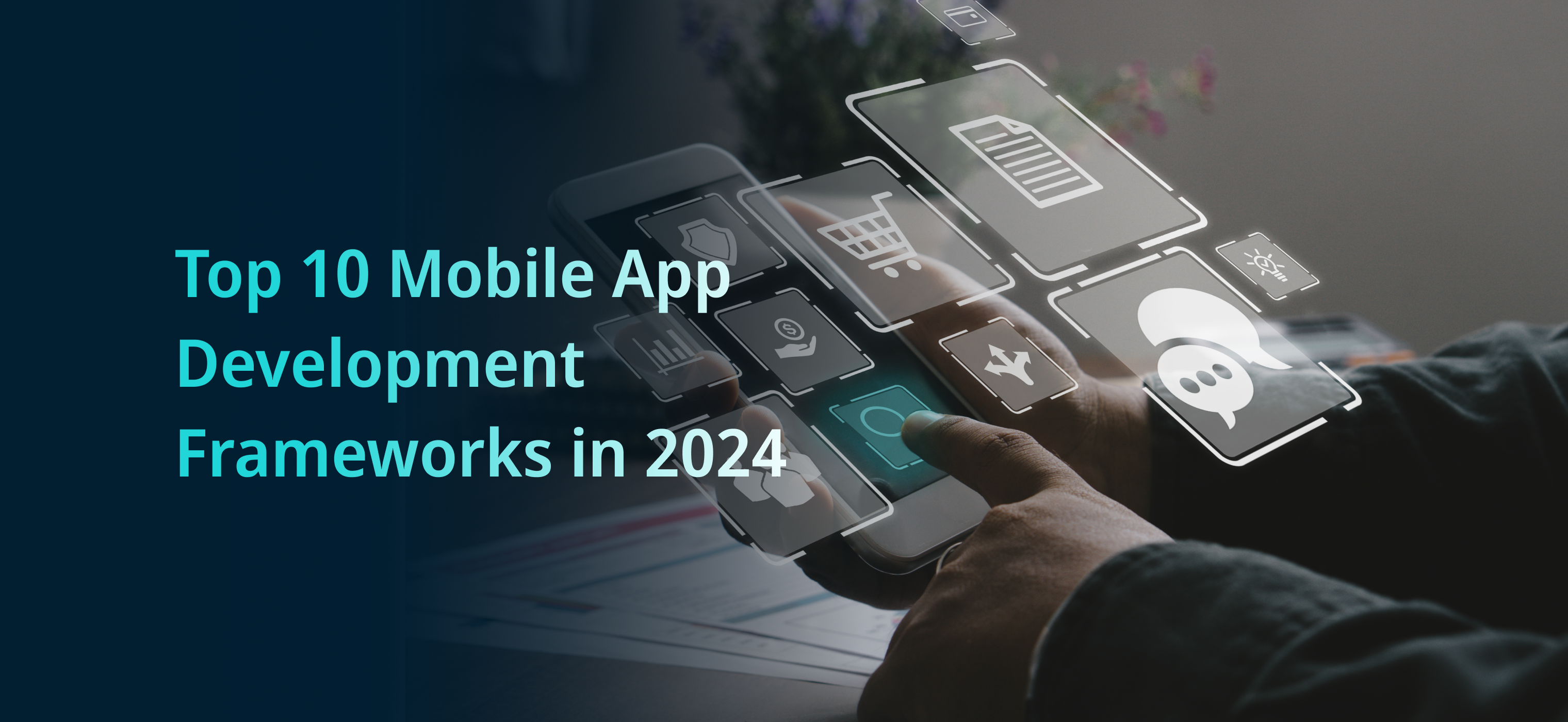What is personalized banking? It is a modernized form of banking that uses banking software to create a more personalized digital banking experience for customers. Implementing personalized digital banking can bring a range of benefits, from providing a more convenient customer experience to increasing customer engagement and satisfaction. In this blog post, we will explore the advantages of implementing personalized digital banking and how it can help banks stay ahead of the competition.
The Need for Personalization in Banking
As we continue to witness the ongoing digital transformation in the banking industry, it’s becoming more apparent that personalized digital banking is no longer an option but a necessity. In a world where customers expect instant gratification and customized experiences, traditional banking services are quickly becoming outdated. Therefore, there’s an urgent need for financial institutions to embrace personalization as a way of providing tailored services to their customers.
Personalized digital banking entails understanding customers’ financial behavior, preferences, and interests to offer them personalized recommendations and services. By implementing this approach, banks can build more profound customer relationships that promote customer loyalty, trust, and satisfaction. Banks that fail to personalize their services risk losing their customers to competitors who do.
In summary, personalization is the missing link in the banking industry’s digital transformation journey. Banks that prioritize personalization will attract and retain more customers, promote customer satisfaction, and drive revenue growth. It’s time for financial institutions to reimagine banking by adopting personalized digital banking.
Understanding Personalized Digital Banking
With the banking industry going through a digital transformation, personalized digital banking is becoming a necessary aspect to stay ahead of the competition. It involves providing tailored experiences to individual customers based on their needs and preferences.
This means that banks are able to provide customized recommendations, offers and financial products to their customers through their digital channels. The personalization could be based on a range of factors including demographics, transaction history, behavior, preferences and much more.
Overall, personalized digital banking provides a more holistic view of each customer and their financial journey with the bank. It enables banks to deliver a seamless customer experience, as well as better data-driven insights and business intelligence to improve their offerings.
In the next section, we will explore the many benefits of implementing personalized digital banking.
Benefits of Personalized Digital Banking
The benefits of personalized digital banking are far-reaching and can positively impact both the bank and its customers. With the rise of digital transformation, implementing personalized digital banking solutions has become an important strategy for banks looking to differentiate themselves and provide a better banking experience to their customers.
One key benefit of personalized digital banking is enhanced customer engagement. Personalized digital banking solutions can offer customers tailored recommendations and offers based on their financial history, preferences and behavior. This not only improves the customer experience but also increases customer satisfaction and loyalty.
Another benefit of personalized digital banking is better data analysis and insights. Personalized digital banking solutions can provide banks with real-time data about customer behavior, preferences, and needs, allowing banks to better understand their customers and develop more effective strategies to serve them.
In addition, personalized digital banking solutions can improve efficiency and cost savings. Automated banking processes and tailored customer service can help banks streamline their operations, reduce errors, and save costs associated with manual processes and customer acquisition.
While implementing personalized digital banking solutions has numerous benefits, it also presents certain challenges. Banks must balance customer data privacy with their need to collect data for personalization, and ensure that they are in compliance with data privacy laws. Additionally, banks must have the infrastructure in place to support these digital solutions and ensure they are secure and reliable.
To successfully implement personalized digital banking, banks should consider key features such as real-time data analytics, automated personalization, and seamless integration across channels.
Finally, there are numerous successful case studies of banks who have successfully implemented personalized digital banking solutions. These banks have seen improved customer satisfaction, increased engagement, and significant cost savings.
Overall, the benefits of personalized digital banking are clear. With the right strategy, infrastructure, and implementation, banks can provide a better banking experience to their customers, and drive their own success in the process.
Enhanced Customer Engagement
With the rise of digital transformation in banking, customers are increasingly seeking a more personalized experience when interacting with their financial institution. Personalized digital banking can significantly enhance customer engagement by tailoring services to the specific needs and preferences of each individual.
One way in which personalized digital banking can improve customer engagement is through customized communication channels. Banks can offer personalized communication through preferred channels such as social media, messaging platforms, or mobile applications. By engaging customers on their preferred platform, banks can establish a deeper connection with customers, ultimately leading to increased customer satisfaction and loyalty.
Additionally, personalized digital banking allows customers to have more control over their finances. With digital banking solutions that offer tailored recommendations, alerts, and notifications, customers can make informed decisions about their finances and proactively manage their accounts. This enhanced level of control leads to greater customer satisfaction and loyalty.
Overall, personalized digital banking can help banks create a more engaging customer experience, ultimately leading to increased customer loyalty and retention. As such, implementing personalized digital banking solutions should be a top priority for financial institutions looking to stay ahead in today’s ever-evolving digital landscape.
Increased Customer Loyalty
One of the primary benefits of implementing personalized digital banking is the increase in customer loyalty. When customers receive tailored experiences and offers that meet their specific needs and preferences, they are more likely to stay loyal to their banking institution.
Digital transformation has opened up new opportunities for banks to engage with customers in ways that were not possible before. Personalized digital banking allows banks to understand their customers better and offer services and products that meet their individual needs and preferences.
For example, if a customer frequently uses their debit card for dining out, a bank could offer cashback rewards for restaurant purchases, providing an added incentive to use their card and stay with the bank.
This level of personalization builds trust and strengthens the relationship between the bank and the customer, ultimately resulting in increased loyalty and advocacy.
Furthermore, personalized digital banking also allows banks to provide real-time customer service and support through various digital channels, making it easier for customers to access assistance whenever and wherever they need it.
As banks continue to invest in digital transformation, they must prioritize personalization as a critical component of their strategy to foster long-lasting relationships with their customers. By leveraging the benefits of personalized digital banking, banks can increase customer loyalty and stay ahead of the competition.
Better Data Analysis and Insights
As part of the larger digital transformation in banking, personalized digital banking enables banks to gather, analyze and interpret vast amounts of customer data to improve the overall banking experience. With better data analysis and insights, banks can understand customer behavior and preferences to deliver customized services and solutions, as well as identify new business opportunities.
The integration of advanced analytics tools into personalized digital banking platforms helps banks gain better insights into customer behavior. By leveraging data analytics tools, banks can understand their customers’ needs, preferences and interests and use this information to provide personalized recommendations and offers. For example, data analysis can help identify spending patterns and transactional data to create customized budgeting and saving plans.
Moreover, better data analysis can also enable banks to offer more targeted marketing and sales campaigns. Banks can leverage data insights to offer customized products, promotional offers and communication strategies to specific customer segments based on their preferences and needs. Personalized marketing campaigns are proven to increase customer engagement and loyalty.
Personalized digital banking also enables real-time data analytics that can identify new opportunities and areas for growth. By analyzing data on product performance, transaction patterns, customer feedback and market trends, banks can identify new products or services that they can offer to customers.
Overall, personalized digital banking enables banks to improve the customer experience and increase customer satisfaction through better data analysis and insights. By offering customized solutions and recommendations, banks can establish trust with customers and build long-term loyalty. In turn, this can lead to increased customer retention and ultimately drive growth for the bank.
Improved Efficiency and Cost Savings
One of the key benefits of implementing personalized digital banking is improved efficiency and cost savings for both the bank and the customer. With personalized digital banking, customers can access their accounts and perform transactions from anywhere and at any time, eliminating the need to visit physical branches or use traditional banking methods.
This shift towards digital transformation in banking also allows for streamlined processes and reduced costs for banks. For example, automated processes for tasks such as loan applications and account openings can significantly reduce processing time and costs, freeing up bank employees to focus on more complex tasks that require human intervention.
Furthermore, the use of data analytics in personalized digital banking allows for more efficient and targeted marketing efforts, reducing the need for expensive advertising campaigns that may not reach the right audience. Personalized digital banking can also lead to more accurate risk assessment and fraud detection, further reducing costs for the bank.
Overall, the adoption of personalized digital banking can lead to improved efficiency and cost savings for both banks and customers, making it a win-win solution for all involved.
Challenges to Implementing Personalized Digital Banking
While the benefits of personalized digital banking are clear, implementing this type of banking experience can be challenging. One of the biggest hurdles that banks face is the need for a digital transformation. This can involve significant investment in technology and resources to develop and maintain a digital banking platform that offers personalization. Additionally, the process of integrating data from different sources can be complex and time-consuming.
Another challenge is ensuring that customer data is properly protected and managed. With the increased use of digital channels comes the risk of data breaches and cyber-attacks. Banks need to have strong security measures in place to protect customer data and ensure that it is not compromised.
Finally, the challenge of delivering personalized experiences at scale cannot be underestimated. As the number of customers grows, so does the amount of data that banks need to manage. This requires sophisticated data analytics tools and processes that can quickly and accurately process customer data to provide relevant recommendations and offers.
Despite these challenges, many banks have successfully implemented personalized digital banking experiences. By investing in the right technology, resources, and processes, they have been able to deliver highly engaging and personalized experiences that drive customer loyalty and improve overall efficiency.
Key Features of Personalized Digital Banking Solutions
In order to fully implement personalized digital banking, it is essential to understand the key features that make it work. Here are some of the top features to look for when considering a personalized digital banking solution:
- Personalized user experience: A personalized digital banking platform should offer a unique user experience tailored to each customer’s specific needs and preferences. This could include personalized recommendations, tailored messaging and alerts, and customized dashboard views.
- Advanced analytics: Data analysis is a critical component of personalized digital banking. The platform should include advanced analytics tools that allow banks to gain insights into customer behavior and preferences, enabling them to offer more personalized products and services.
- Multi-channel support: With the rise of digital transformation in banking, it’s essential for a personalized digital banking solution to support multiple channels. This includes not only web and mobile apps but also voice-activated assistants and other emerging technologies.
- Security and compliance: Given the sensitive nature of financial data, personalized digital banking solutions must be built with robust security and compliance features to protect against fraud, identity theft, and other security threats.
- Integration capabilities: In order to fully leverage the benefits of personalized digital banking, it’s essential for the platform to be integrated with other systems and applications. This includes core banking systems, CRM tools, and other data sources.
By selecting a personalized digital banking solution with these key features, banks can better engage with customers and drive digital transformation within their organizations.
Case Studies: Successful Implementation of Personalized Digital Banking
Implementing a personalized digital banking experience may seem like a daunting task, but several banks have already successfully done it. Here are a few examples:
BBVA is a Spanish multinational financial services company that has invested heavily in digital transformation. It offers a mobile app that allows customers to personalize their experience and access all banking services through a single platform. By implementing personalization, BBVA saw an increase in customer engagement and loyalty.
Citibank implemented personalized digital banking to enhance customer experiences and offer more tailored products and services. By using customer data, Citibank was able to identify areas where it could provide personalized solutions. The bank saw an increase in customer satisfaction and a reduction in customer churn.
Wells Fargo:
Wells Fargo’s personalization efforts focused on creating a customized dashboard for each customer. The dashboard displays all of their account information, transactions, and personalized offers. By offering a personalized dashboard, Wells Fargo increased customer engagement and made it easier for customers to manage their finances.
These banks have successfully implemented personalized digital banking, which has helped them enhance customer experiences, increase customer loyalty, and gain better insights into their customers’ needs. These case studies show that the benefits of personalization far outweigh the challenges and costs of implementation. As more and more banks continue to embrace digital transformation, it’s clear that personalization is a crucial element in creating a seamless banking experience.
Visit Internet Soft for the latest tech trends and insights around AI, ML, Blockchain, along with NeoBanking and timely updates from industry professionals!
Need assistance or have questions? Reach out us at Sales@internetsoft.com.






